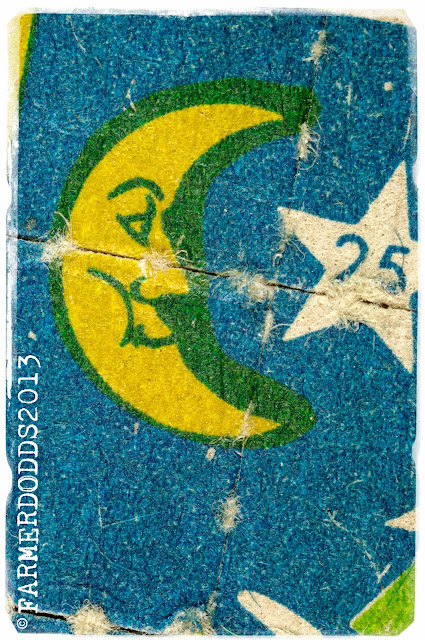

Others experimented with the drug on an unapproved, personal basis on themselves and with friends. Some proponents were health professionals, primarily in the field of psychiatry and psychology, who had experimented with the drug in government-approved research projects. On the other side were the proponents of LSD use. For example, according to the chairman of the 1966 New Jersey Narcotic Drug Study Commission, LSD was "the greatest threat facing the country today. Indicated that LSD use was rampant among youth, many people came to believe that LSD was a major threat to the very fabric of society. For the most part, the reports focused on the dangers of LSD. According to the Consumers Union Report on Licit and Illicit Drugs, published in 1972, the general public's knowledge of LSD largely came from the publicity the drug received in the media. How Did LSD Become Popular?īy 1963 pirated LSD was being sold as a recreational drug, and within a few short years LSD use exploded. Although the drug made a strong comeback in the 1990s, LSD use once again appeared to be on the decline during the early years of the twenty-first century. Since the 1970s, the use of LSD has dropped dramatically.

What is significant is that aspects of this subculture quickly entered and influenced the mainstream, affecting many who never even used the drug.īy 1970 an estimated 1 to 2 million Americans had taken LSD despite the illegality of the drug. Interestingly, LSD became a cultural phenomenon in the 1960s, and an identifiable subculture of LSD users arose. Over the course of its relatively short history beginning in the late 1940s, LSD emerged from the research laboratory to become a street drug abused by millions.


 0 kommentar(er)
0 kommentar(er)
